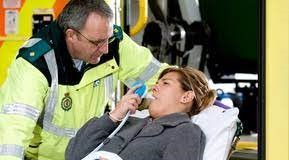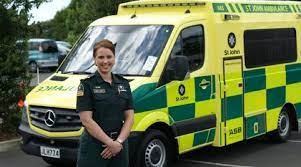The Ambulance – From Horse Drawn Cart to State of the Art
Ambulances and the staff who work on them have long been one of a hospitals greatest assets, and even more so over the past 18 months as the pandemic has raced around the world. Ambulances are not just a way to transport sick patients to hospital, but they are also full of a fantastic array of technology and medical machinery, all of which has to receive regular medical equipment calibration from someone like Medi-cal to keep it all in good working order.
Because of this, it is possible for paramedics to treat patients at the scene of the accident or injury rather than having to take them into hospital – an ambulance can provide life support for the journey and have on board things like gas and air for pain relief to keep people comfortable as they are taken to hospital.

The first official ambulance in the UK was in Liverpool and was based at the Liverpool Northern Hospital in 1880. Of course, this was Victorian England, so it was a horse drawn cart and didn’t contain the equipment that is commonplace in an ambulance of today. But this first ambulance pioneered the way forward, and by 1887 the St John Ambulance was formed in order to provide medical and first aid services at public events.

As technology improved as well as the influence of two world wars, the ambulance came on in leaps and bounds – it became a motor vehicle, able to collect injured soldiers quickly from the battlefield and in 1952, the ambulance went from being a mode of transport staffed by a medic to a being able to offer on-site treatment as new machines were added to enable on-scene assistance.

